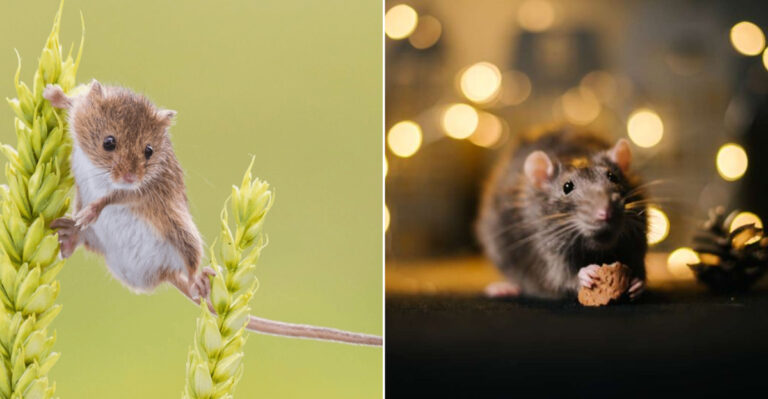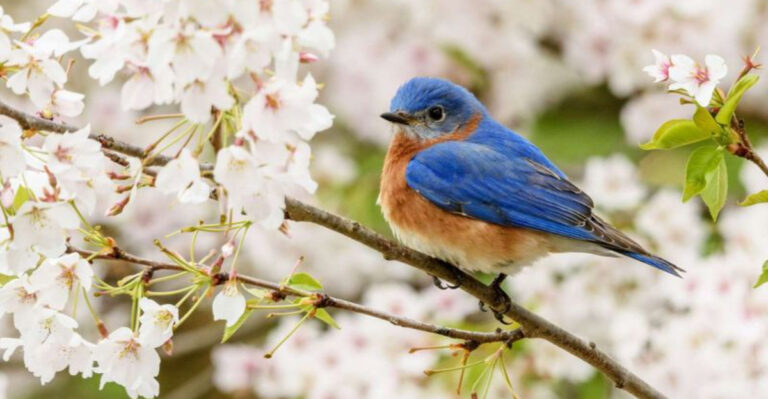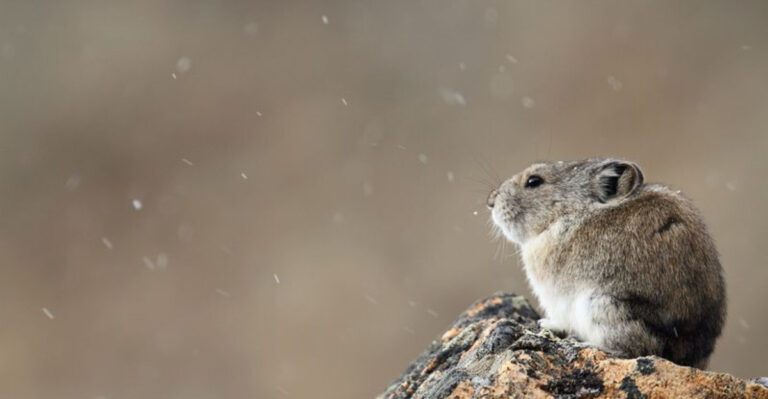Fascinating Things You Didn’t Know About Owls And Their Silent Flight
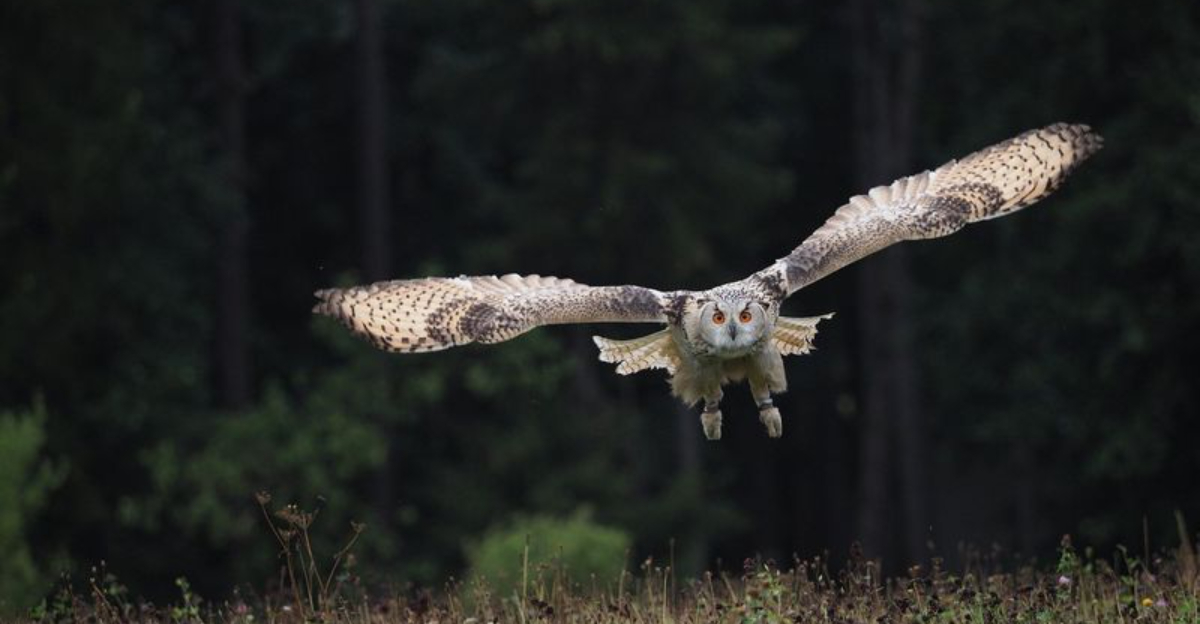
Owls are among the most enigmatic birds, shrouded in mystery and admired for their silent flight. These nocturnal creatures possess remarkable adaptations that allow them to hunt with stealth and precision.
While many are familiar with their signature hoots, few know the intricate details that make owls such fascinating predators. In this article, we’ll explore captivating facts about owls and their silent flight, unraveling secrets that make these birds unique in the animal kingdom.
1. Unique Feather Structure
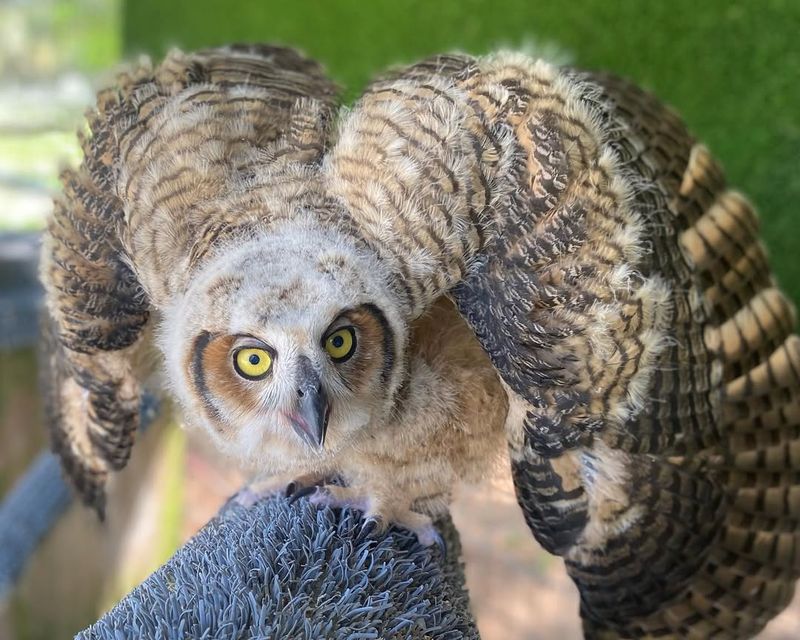
Owls possess a unique feather structure that grants them silent flight. Their feathers are designed with a serrated leading edge, reducing noise as they cut through the air. This design allows for smooth airflow, minimizing turbulence and sound.
Furthermore, the velvety texture on the top of the feathers helps to absorb sound frequencies. Together, these features enable owls to approach prey stealthily.
Such adaptations showcase nature’s ingenuity in equipping predators with the tools needed for survival. The silent approach is crucial for hunting, giving owls a distinct advantage in the wild.
2. Asymmetrical Ears
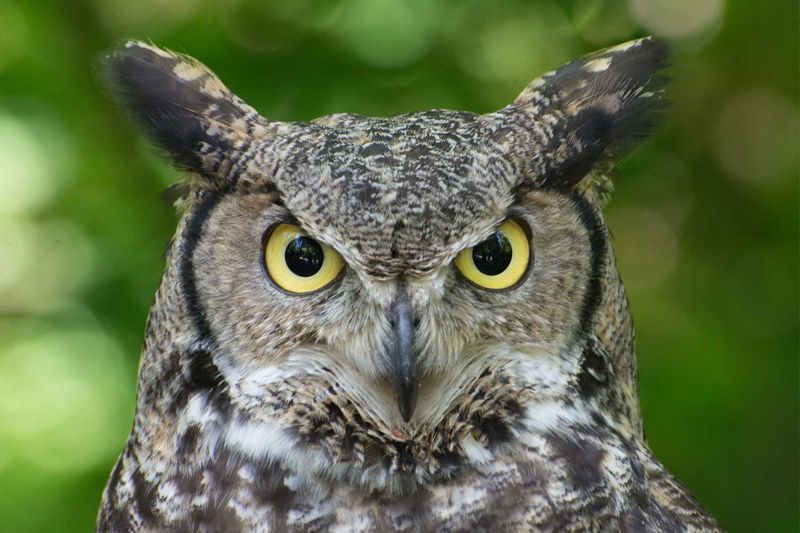
Owls have evolved asymmetrical ears, which are positioned at different heights on their heads. This unique arrangement allows them to pinpoint the exact location of sounds.
The discrepancy in ear placement helps owls detect the direction and distance of their prey, even in complete darkness. Such precision is vital for hunting, as it enables them to locate prey hidden under leaves or snow.
This adaptation is a testament to the owl’s evolution as a masterful night hunter, showcasing how specialized anatomy enhances survival.
3. Specialized Hunting Techniques
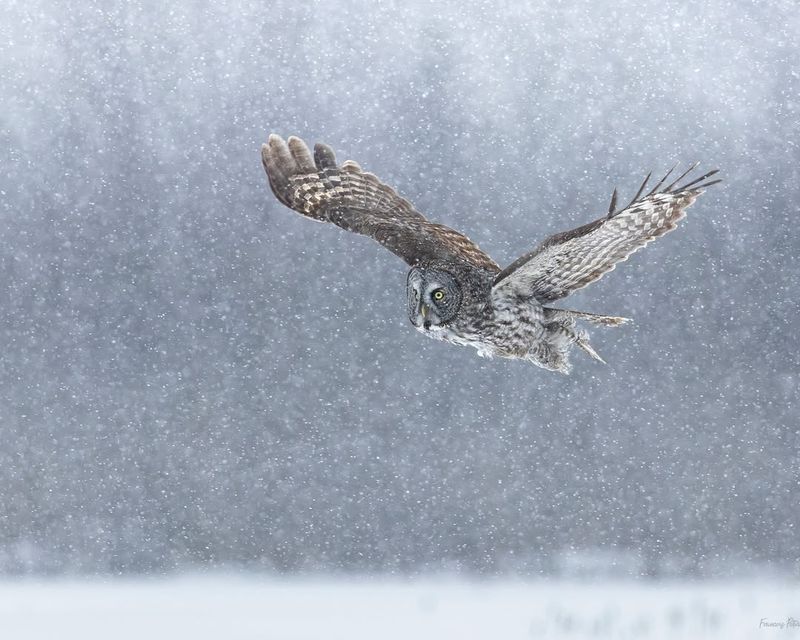
Owls employ specialized hunting techniques that go beyond their silent flight. Their incredible eyesight allows them to detect prey from a considerable distance, even in low light conditions.
Additionally, their sharp talons are perfectly adapted for seizing and gripping prey. Owls often perch silently, waiting patiently for the perfect moment to strike. This combination of patience, precision, and power makes them formidable predators.
Understanding these techniques highlights the owl’s extraordinary adaptability and the interplay between their physical attributes and hunting prowess.
4. Variety Of Owl Species
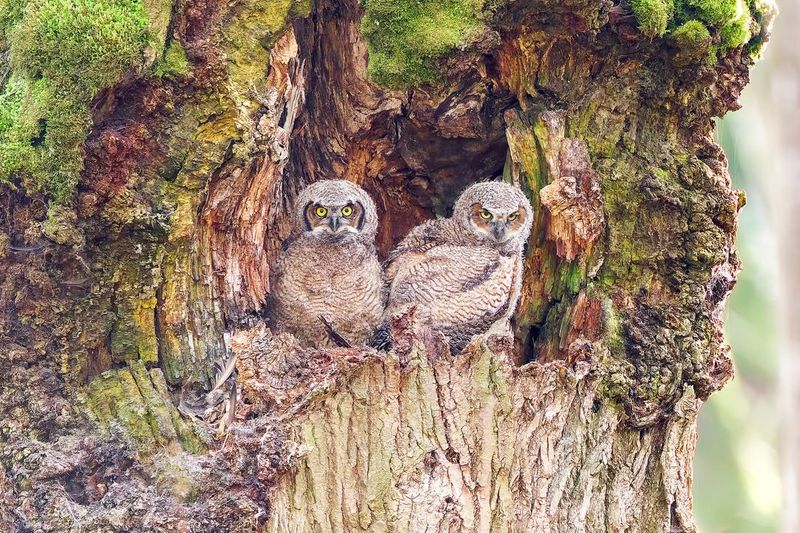
There are over 200 species of owls, each with unique characteristics adapted to their environments. From the tiny Elf Owl to the majestic Great Horned Owl, the diversity is astounding. These species are found on every continent except Antarctica, each playing a crucial role in their ecosystems.
The variation in size, color, and habitat preferences among species is a reflection of their evolutionary paths. This diversity ensures that owls can exploit a wide range of niches, highlighting the adaptability and resilience of these fascinating birds.
5. Advanced Camouflage Skills
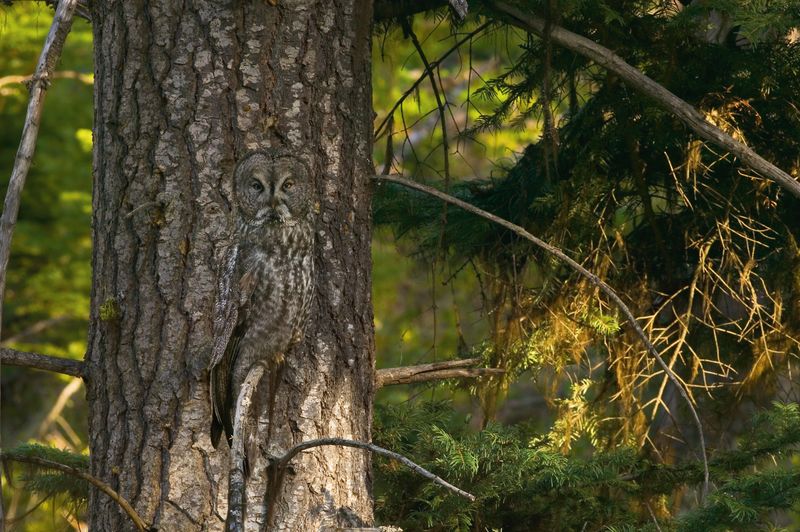
Owls are masters of disguise, using advanced camouflage skills to blend into their surroundings. Their feathers often mimic the colors and patterns of their habitat, providing perfect concealment from both predators and prey.
This natural camouflage enables them to remain undetected during the day, conserving energy for nighttime hunting. Such skills are vital for survival, reducing the likelihood of being spotted.
The ability to remain hidden underscores the owl’s role in the ecosystem as both predator and prey, emphasizing their importance in maintaining balance.
6. Silent Wing Design
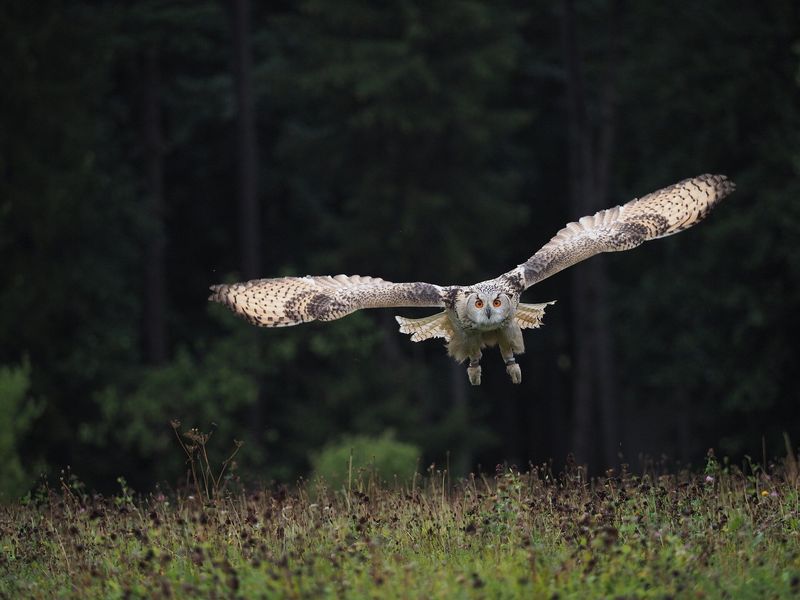
The design of an owl’s wings contributes significantly to its silent flight. The fringed edges of the wings break up the turbulence that typically produces sound during flight. This design allows owls to fly almost noiselessly. Such stealth is crucial for sneaking up on prey without warning.
The wing design is a marvel of evolutionary engineering, demonstrating how form and function are intricately linked in nature. By minimizing noise, owls can hunt more effectively, maintaining their status as top nocturnal predators.
7. Role In Folklore
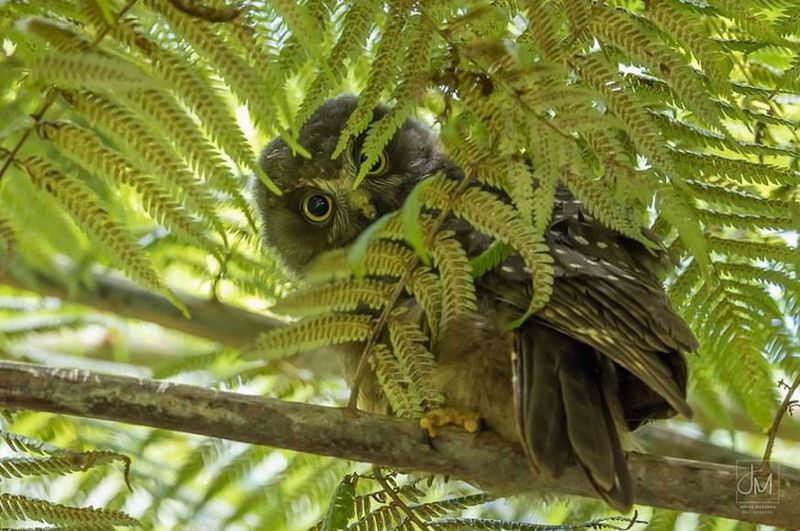
Owls have played a significant role in folklore and mythology across various cultures. Often seen as symbols of wisdom and mystery, they have been depicted in stories and art for centuries. In some cultures, owls are considered omens of bad luck, while in others, they are revered as protectors.
This duality in symbolism reflects the complexity of human relationships with nature. The presence of owls in folklore highlights their impact on human imagination, showcasing the deep connection between wildlife and cultural narratives.
8. Impact On Ecosystems
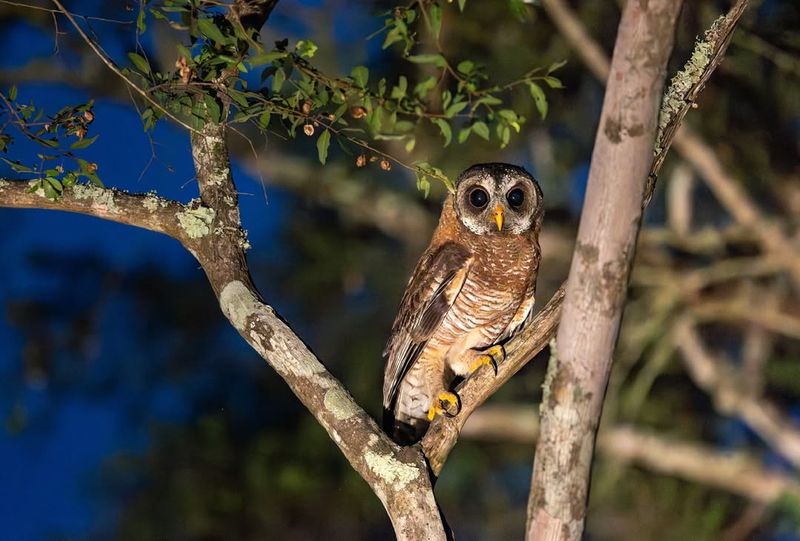
Owls play a crucial role in maintaining the balance of ecosystems. As apex predators, they control the populations of rodents and other small mammals. By keeping these populations in check, owls prevent overgrazing and the spread of diseases.
Their presence indicates a healthy ecosystem, as they require a stable environment to thrive. Understanding the ecological role of owls illuminates their importance beyond their silent flight.
Protecting owl habitats ensures the preservation of biodiversity, underscoring the need for conservation efforts to sustain healthy ecosystems.

